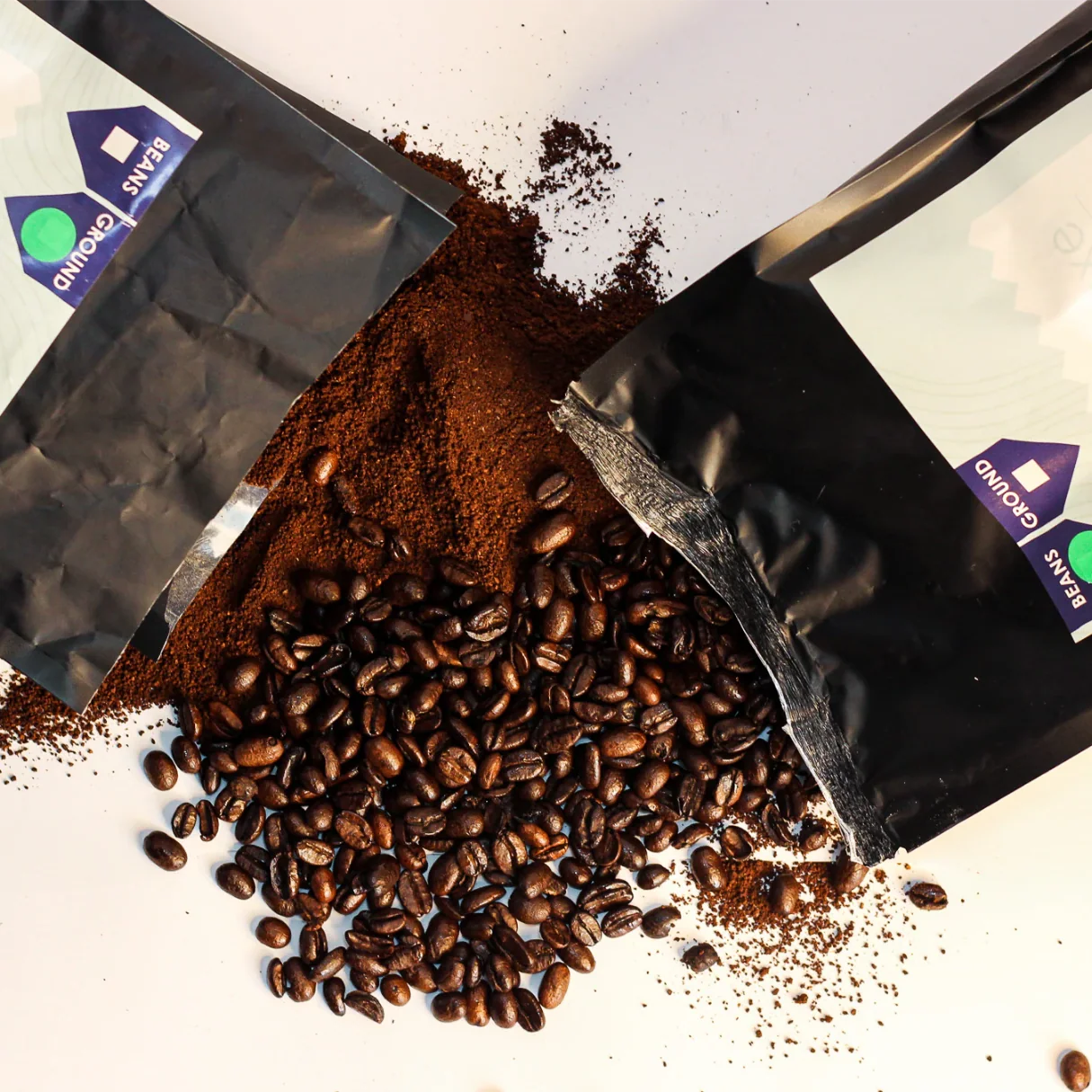
Coffee In Numbers
If you can’t imagine your life without coffee, you probably would argue that coffee beans should be among the most important commodities in the world.
While coffee might be the most important commodity for many people in the world - being one of the most widely consumed beverages in the world - it is not the most traded.
The number one commodity? Oil.
In 2019/2020, around 167.6 million 60 kilogram bags of coffee were consumed worldwide. But where is all that coffee coming from?
Global Production
According to the Global Exchange, there are approximately 25 million farmers in over 50 countries involved in producing coffee.
The top coffee producing countries are:
- Brazil (2,595,000 metric tons per year)
- Vietnam (1,650,000 m.t.)
- Colombia (810,000 m.t.)
- Indonesia (660,000 m.t.)
- Ethiopia (384,000 m.t.)
Brazil
Brazil’s coffee accounts for roughly one third of global coffee production, making it the world’s largest coffee producer. In fact, Brazil has held this title for over 150 years.
Over 3.5 million people are involved in coffee production throughout the country.
In 2018, Vietnam, the world’s number two producer, only managed to produce half of Brazil’s total output.
Vietnam
Coffee was first introduced to Vietnam in the mid 19th century, when the industry was built through a plantation system. Vietnam’s coffee industry has since become a major source of economic activity in the region.
By value of Vietnam’s agricultural exports, coffee is second only to the country’s famous rice industry. Of total output, 97% of Vietnam’s coffee is of the robusta variety.
Colombia
Colombia’s 600,000 coffee growers are responsible for the third largest output of coffee in the world, which is particularly impressive given that most of them pick the beans by hand.
Colombia’s coffee and its unique flavour are most popular to importers like the United States, Germany, France, Japan, and Italy. Growing mostly arabica beans, Colombian coffee is known for its smooth and flowery taste.
Indonesia
In 2017, Indonesia produced an impressive 660,000 metric tons of coffee. The country’s arabica coffee is known for having low acidity with a bold flavour, making it ideal for blending with more acidic varieties from other parts of the world.
Like Colombia, more than 90% of Indonesia's coffee is grown naturally by small, independent landowners operating with 2.5 acres of land or less, mostly on small islands.
These islands’ oceanic mist and volcanic soil are credited for lending Indonesian coffee its unique flavour.
Ethiopia
Ethiopia is known for being the cradle for arabica coffee. As Africa’s largest producer of coffee the country sees roughly 60% of foreign income coming from coffee.
Close to 15% of the country’s population relies in one way or another on the coffee trade as a source of income.
Ethiopia itself is a large consumer of coffee - half of the country’s coffee is consumed by its own people. The remaining 50%, that is exported, sees high demand in Europe, North America, and East Asia.
Global Consumption
The World loves coffee. So much so that some countries largely rely on its exports.
It might be that oil fuels our economy, but coffee certainly fuels our soul, and we see that in the consumption.
Over 2.25 billion cups of coffee are consumed daily all over the globe.
The Covid-19 pandemic has come to adversely affect coffee consumption.
The temporary closure of many businesses, especially in the out-of-home may contribute to the decline of coffee consumption and prices in 2020.
Consumption fell in Europe by 0.6%. In other regions, however, it increased.
Looking East towards Asia and Oceania the demand for java grew the most, with almost 3%.
Looking West towards the Americas, the coffee drinkers drank 1.4% more coffee in Mexico/Central America, 0.7% more in North American and almost the same in South America.
While here on the African continent the coffee consumption rose by 1.8%.
When Covid hit, there were those who stock-piled toilet paper - and then there were those who stock-piled coffee. One wouldn’t want to play with a coffee lover’s supply of delicious Espresso.
So which countries in the World consume the most coffee?
Annual consumption per person
- Netherlands - 8.3 kg
- Finland - 7.8 kg
- Norway - 6.6 kg
- Canada - 5.5 kg
- Lebanon - 5.3 kg
- Germany - 5.2 kg
- Brazil - 5.1 kg
- Qatar - 5.0 kg
- Switzerland - 4.8 kg
- Italy - 4.7 kg
From the graph we see a lot of European and Middle Eastern coffee lovers, as both regions have had a long tradition of drinking and enjoying coffee.
The USA is far down the list with 3.5 kg. Don’t let this fool you. Many of the higher ranking countries are tiny, so their per capita consumption is high, but the US remains one of the top coffee consumers in the World.
Americans love their coffee too, especially their Lattes.
More than 425 coffees are sold per second in the US, and the coffee industry is responsible for 1,694,710 jobs in the US economy alone.
Coffee has the amazing power to elevate our moods, energize us, bring us all together or separate us - if we haven’t had it yet - which is probably why it ultimately plays a very important role in our lives.
Share










